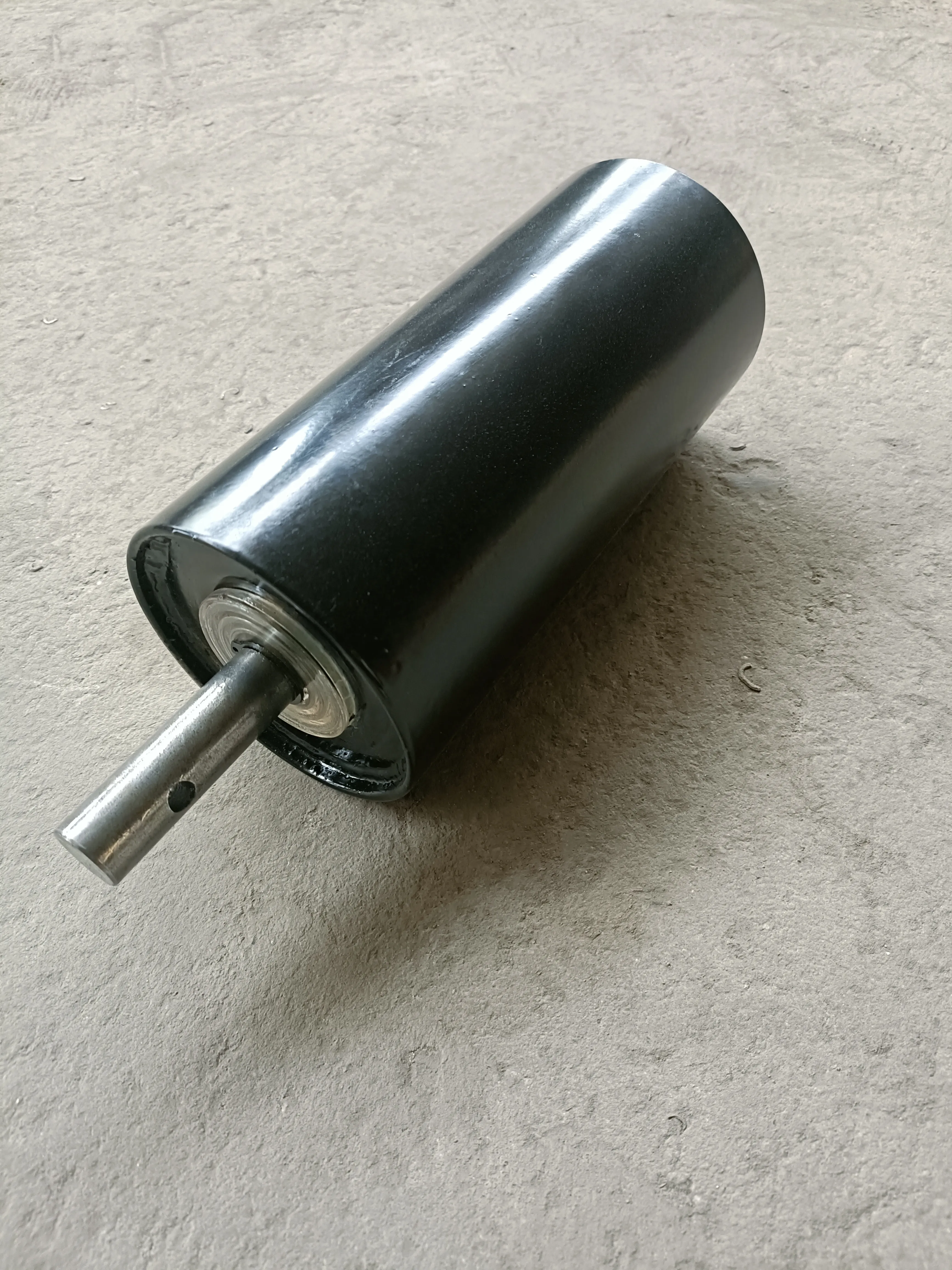 Afrikaans
Afrikaans  Albanian
Albanian  Amharic
Amharic  Arabic
Arabic  Armenian
Armenian  Azerbaijani
Azerbaijani  Basque
Basque  Belarusian
Belarusian  Bengali
Bengali  Bosnian
Bosnian  Bulgarian
Bulgarian  Catalan
Catalan  Cebuano
Cebuano  Corsican
Corsican  Croatian
Croatian  Czech
Czech  Danish
Danish  Dutch
Dutch  English
English  Esperanto
Esperanto  Estonian
Estonian  Finnish
Finnish  French
French  Frisian
Frisian  Galician
Galician  Georgian
Georgian  German
German  Greek
Greek  Gujarati
Gujarati  Haitian Creole
Haitian Creole  hausa
hausa  hawaiian
hawaiian  Hebrew
Hebrew  Hindi
Hindi  Miao
Miao  Hungarian
Hungarian  Icelandic
Icelandic  igbo
igbo  Indonesian
Indonesian  irish
irish  Italian
Italian  Japanese
Japanese  Javanese
Javanese  Kannada
Kannada  kazakh
kazakh  Khmer
Khmer  Rwandese
Rwandese  Korean
Korean  Kurdish
Kurdish  Kyrgyz
Kyrgyz  Lao
Lao  Latin
Latin  Latvian
Latvian  Lithuanian
Lithuanian  Luxembourgish
Luxembourgish  Macedonian
Macedonian  Malgashi
Malgashi  Malay
Malay  Malayalam
Malayalam  Maltese
Maltese  Maori
Maori  Marathi
Marathi  Mongolian
Mongolian  Myanmar
Myanmar  Nepali
Nepali  Norwegian
Norwegian  Norwegian
Norwegian  Occitan
Occitan  Pashto
Pashto  Persian
Persian  Polish
Polish  Portuguese
Portuguese  Punjabi
Punjabi  Romanian
Romanian  Russian
Russian  Samoan
Samoan  Scottish Gaelic
Scottish Gaelic  Serbian
Serbian  Sesotho
Sesotho  Shona
Shona  Sindhi
Sindhi  Sinhala
Sinhala  Slovak
Slovak  Slovenian
Slovenian  Somali
Somali  Spanish
Spanish  Sundanese
Sundanese  Swahili
Swahili  Swedish
Swedish  Tagalog
Tagalog  Tajik
Tajik  Tamil
Tamil  Tatar
Tatar  Telugu
Telugu  Thai
Thai  Turkish
Turkish  Turkmen
Turkmen  Ukrainian
Ukrainian  Urdu
Urdu  Uighur
Uighur  Uzbek
Uzbek  Vietnamese
Vietnamese  Welsh
Welsh  Bantu
Bantu  Yiddish
Yiddish  Yoruba
Yoruba  Zulu
Zulu Components of Conveyor Systems Idlers and Rollers Explained
Understanding Idler and Roller Systems in Industrial Applications
In the realm of industrial engineering and material handling, idlers and rollers play a crucial role in the efficient operation of conveyor systems. These components are integral to the transportation of goods, providing support and facilitating the movement of materials in various settings, from manufacturing plants to distribution centers. This article delves into the significance, types, and applications of idler and roller systems.
The Importance of Idlers and Rollers
Idlers and rollers are fundamental components of conveyor systems. Their primary function is to support the conveyor belt and to ensure the smooth movement of materials across different terrains. The efficiency of a conveyor system is heavily reliant on the quality and design of these components. Properly designed idlers minimize friction, reduce wear and tear on the conveyor belt, and enhance the overall lifespan of the system.
Furthermore, idlers and rollers are vital for maintaining the alignment of the conveyor belt. Any misalignment can lead to operational inefficiencies, increased energy consumption, and premature belt failure. Therefore, the choice of idlers and rollers can significantly impact not only the operational costs but also the reliability and safety of material handling processes.
Types of Idlers
Idlers come in various types, each designed for specific applications and material handling requirements. The most common types include
1. Plain Idlers These consist of a simple cylindrical design and are used primarily for supporting the conveyor belt. They are often placed at regular intervals along the conveyor line.
2. Guide Idlers These are designed to keep the conveyor belt aligned. They are particularly useful in tracking applications and help prevent the belt from slipping off its path.
3. Impact Idlers Constructed to absorb shocks and impacts, these idlers are essential in areas where heavy materials are loaded onto the conveyor belt. They help to protect the belt from damage during loading operations.
4. Return Idlers Located on the return side of the conveyor system, these idlers support the belt as it travels back to the loading point, helping to reduce unnecessary strain on the belt.
idler and roller

5. Training Idlers These are specially designed to correct belt alignment issues. They can adjust the angle of the idler to help guide the belt back to its intended path.
Types of Rollers
Similar to idlers, rollers are designed with specific functions in mind. Some common types of rollers are
1. Drive Rollers Used to propel the conveyor belt forward, drive rollers are powered by motors and are critical for any powered conveyor system.
2. Return Rollers These help support the belt on its return journey, ensuring it remains in line and functions smoothly.
3. Carrying Rollers Positioned on the load-bearing section of the conveyor, these rollers support the weight of the materials being transported.
4. Specialty Rollers These may include rollers designed for specific applications, such as roller beds in packaging systems or heavy-duty rollers for handling large and bulky materials.
Applications of Idler and Roller Systems
Idlers and rollers find applications across a wide range of industries. In manufacturing, they are used in assembly lines to facilitate the movement of parts and products. In agriculture, they help transport bulk materials like grains and fertilizers. The mining and mineral processing industries rely on these systems for the efficient movement of ore and other materials. Moreover, in logistics and warehousing, idler and roller systems are crucial for optimizing the flow of goods, enhancing productivity, and ensuring timely deliveries.
Conclusion
In summary, idler and roller systems are indispensable components of modern material handling operations. Their design and functionality are pivotal to the efficiency, reliability, and safety of conveyor systems. Understanding their types and applications allows engineers and operators to select the appropriate components for their specific needs, thereby optimizing performance and reducing operational costs. As industries continue to evolve, the importance of idlers and rollers will remain integral to the seamless movement of materials in various applications.
-
Revolutionizing Conveyor Reliability with Advanced Rubber Lagging PulleysNewsJul.22,2025
-
Powering Precision and Durability with Expert Manufacturers of Conveyor ComponentsNewsJul.22,2025
-
Optimizing Conveyor Systems with Advanced Conveyor AccessoriesNewsJul.22,2025
-
Maximize Conveyor Efficiency with Quality Conveyor Idler PulleysNewsJul.22,2025
-
Future-Proof Your Conveyor System with High-Performance Polyurethane RollerNewsJul.22,2025
-
Driving Efficiency Forward with Quality Idlers and RollersNewsJul.22,2025





























